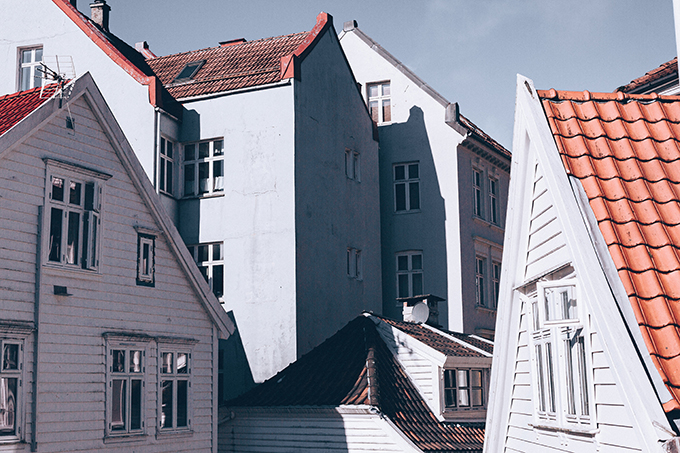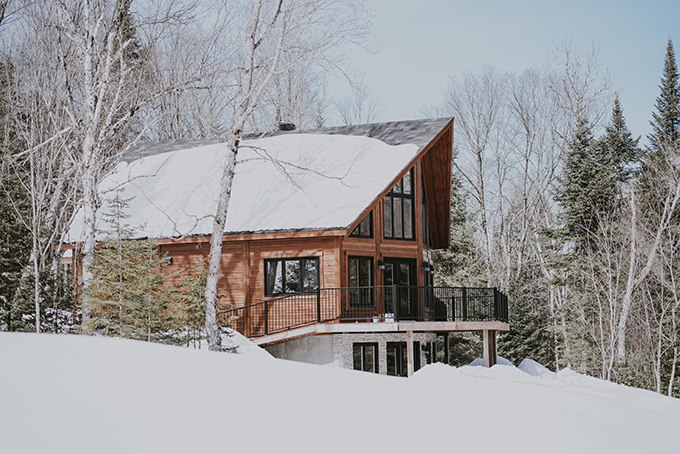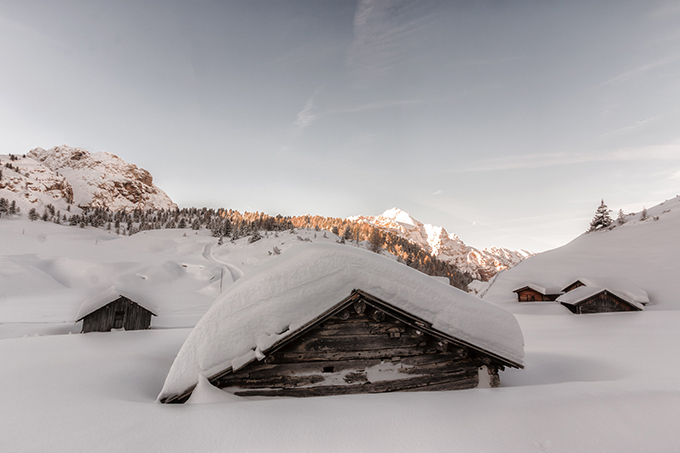
Weather plays an essential role in our lives. Yet, it is something which we cannot control, on the contrary, weather controls how we live, where we live, what we eat, what we must wear or not wear, and it can also affect our health. The human body is affected in a negative way by swings in extreme temperatures, wind, and humidity. Even our mood and state of mind can be affected by a thunderstorm or a snowy day.
Weather also has considerable effects on the economy. Drought, floods and record snowfalls certainly impact the way we act, the decisions we make and the people around us. And when it comes to building materials such as wood, weather plays a role in the way it shrinks and swells.
How does weather affect a roof?
One characteristic of wood is the fact that it moves quite a bit when its moisture content varies. It can move about 1% with every 5% change in relative humidity. This means that heating air will cause shrinkage in wood due to the decrease in humidity and not because of the heat. Some adhesives also suffer the effect of the changing weather by turning soft when they get warm.

Here are some climate-related recommendations for your roof
- If you live in an area with high humidity, keep in mind that this encourages the growth of plants on the roof. You might have to deal with tropical weather weeds or algae. Letting this vegetation grow unchecked, not only makes your roof look ugly, it adds extra wear to it.
- If you have an asphalt roof, you should make it a point to have it treated for algae if there’s humidity where you live. Asphalt shingles are not recommended for tropical weather, unless the shingles are made with an integrated algaecide to prevent its growth.
- If you have a metal roof, you can have peace of mind by knowing that it can naturally resist plant growth. They are the ideal roof for areas with high humidity.
- Cold temperatures also affect the roof by outing additional stress on it.
- When dealing with cold weather, metal roofs also come out winners. They resist rust and are completely waterproof.
- Most roofs are dark-colored. Dark colors attract the heat of the sun and can increase in temperature more than 100 degrees Fahrenheit over the outside temperature. A hot roof means higher energy usage, les indoor comfort and faster deterioration of roofing materials.
- If you live in an area with heavy snowfall in the winter and your roof needs to hold piles of snow for long periods of time, your roof needs extra reinforcement.
- Rubber roofing is ideal for cold climates since it retains heat and resists wind.

The roof is such an important part of any house and many times it is taken for granted. Just think about a rainy afternoon in a home with a leaky roof. And although there is a wide variety of materials that can be used to create the most appealing roofs these days, not all of them might be the most adequate for your home or for the area where you live. Reach out to an experienced roofing company and get a no-obligation quote for your roof repair or replacement today.



